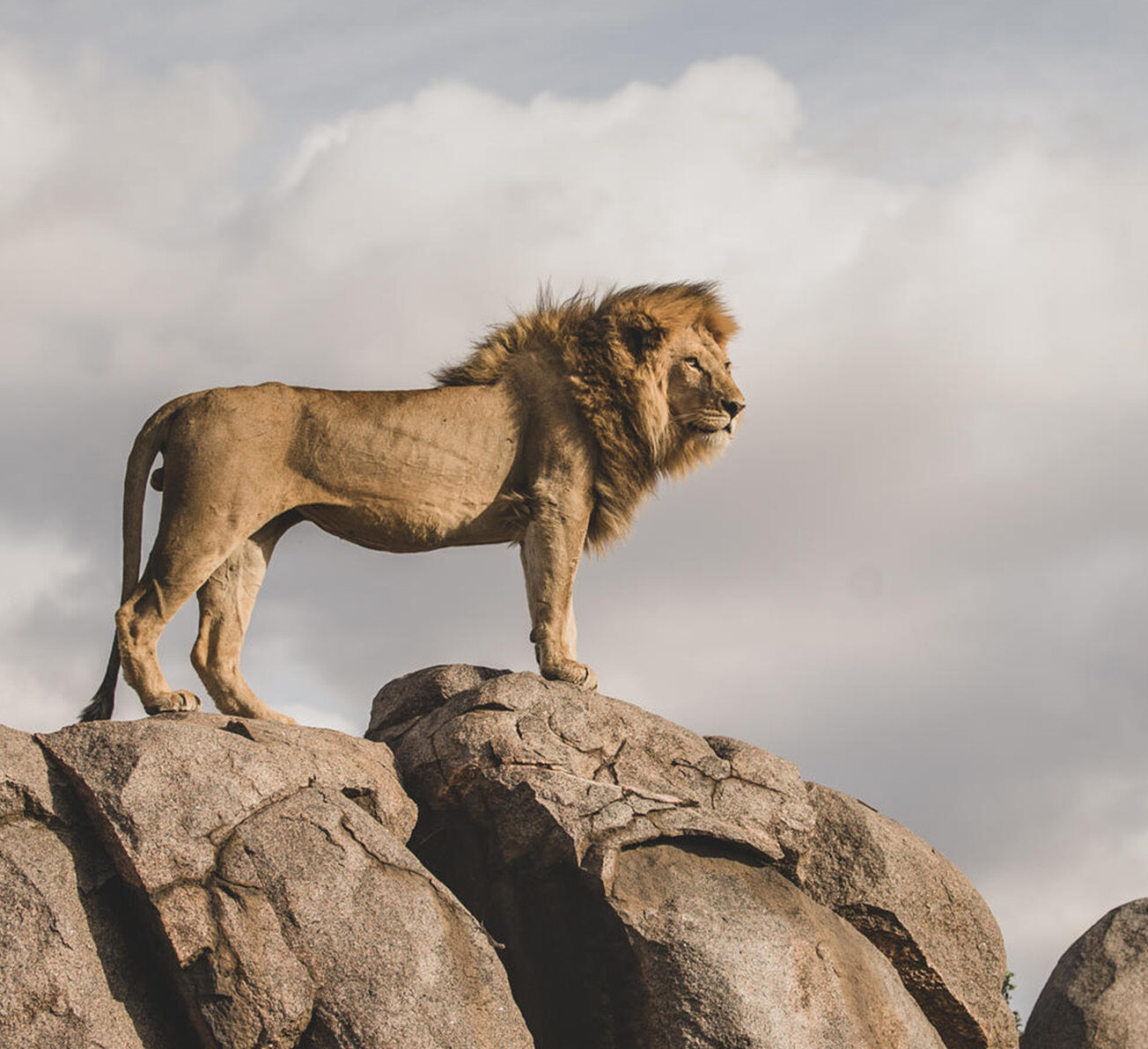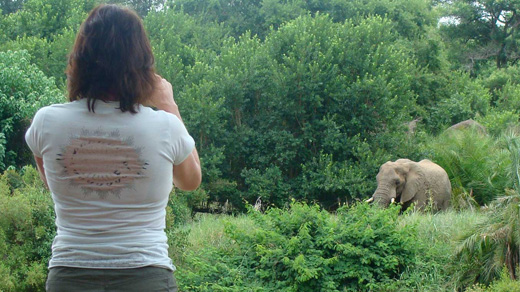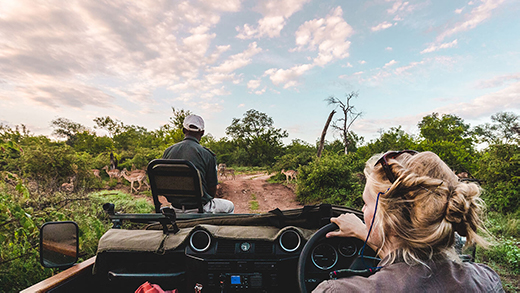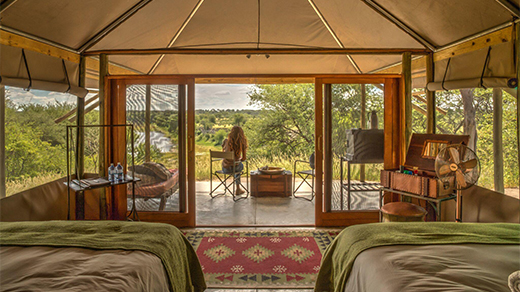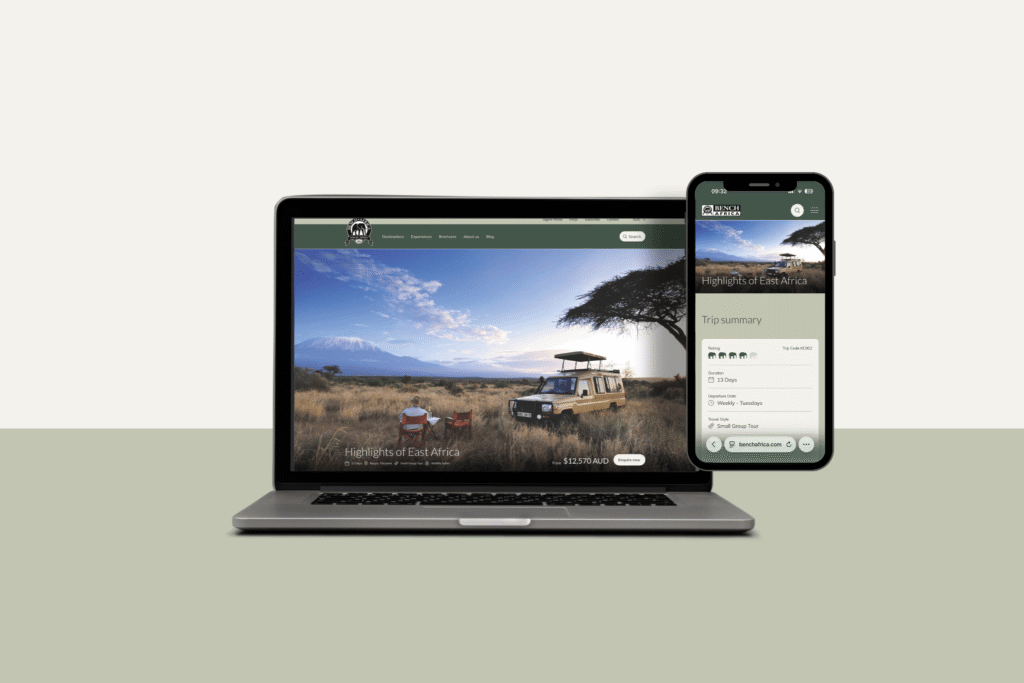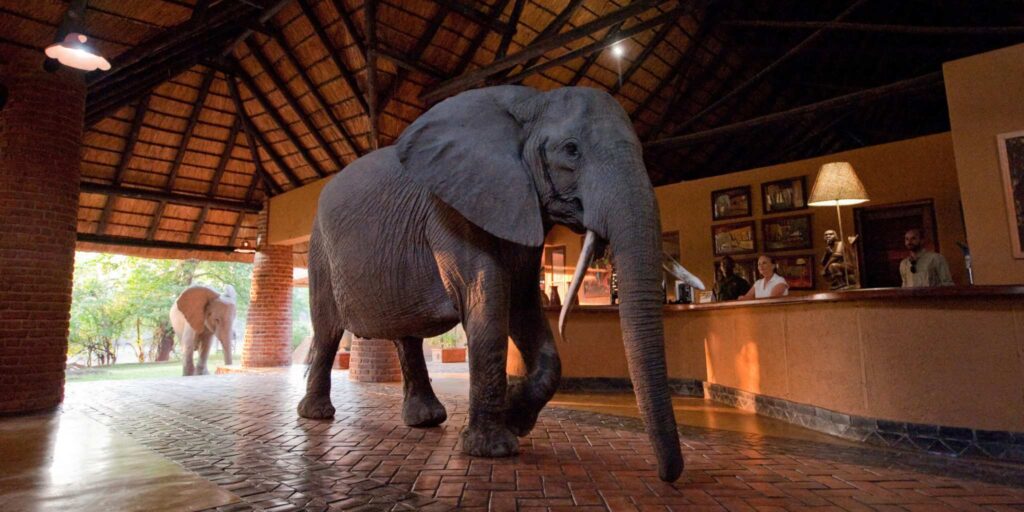Safari School: A Safari Guide for First Timers
Written by Lara Behrens
08 Oct 2025
Safari School is now in session, where we turn first-time safari-goers into confident wildlife adventurers. Think of this as your safari crash course, packed with insights, tips, and answers to the questions you might be too shy to ask.
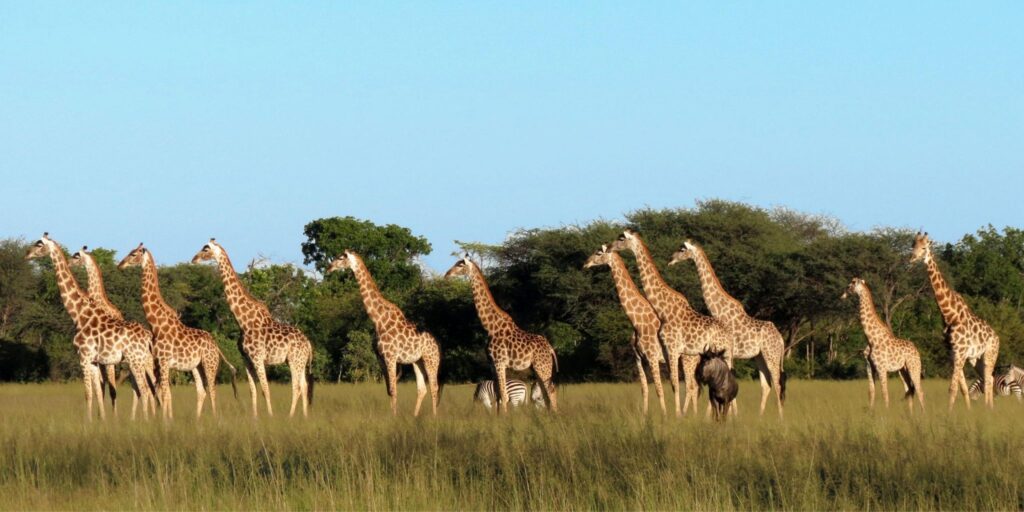
What exactly is safari?
The word safari comes from the Swahili safiri, which means journey. In the old days, it referred to long expeditions through Africa, often for hunting or exploration, usually lasting weeks or months. These journeys were rough, demanding, and far from comfortable. Over time, the concept evolved. Today, a safari is about observing and learning rather than hunting. It has come a long way, combining adventure with comfort, conservation, and education.
Modern safaris include carefully placed accommodations, from bush camps with tents that bring you close to nature to lodges with decks overlooking waterholes where wildlife passes freely. Open 4×4 vehicles allow safe travel across the terrain, and guides bring the experience to life. They track animals, interpret behaviour, and help you understand the environment in a way that goes beyond simply spotting creatures.
A safari today is as much about how you experience the journey as it is about the wildlife. It’s stopping to notice the little things, the tracks in the mud, the calls of birds you might never have heard before, the way insects or small mammals interact with their surroundings, none of which would ever make it onto your bucket list, but all of which bring the bush to life. It’s learning from expert guides who have spent years observing these patterns and can share insights that completely change the way you see the wild. And it’s about staying in places that feel completely out in the wild, where the world is quiet except for the animals, yet you still have a comfortable base to regroup, enjoy a meal, and get ready for the next adventure.
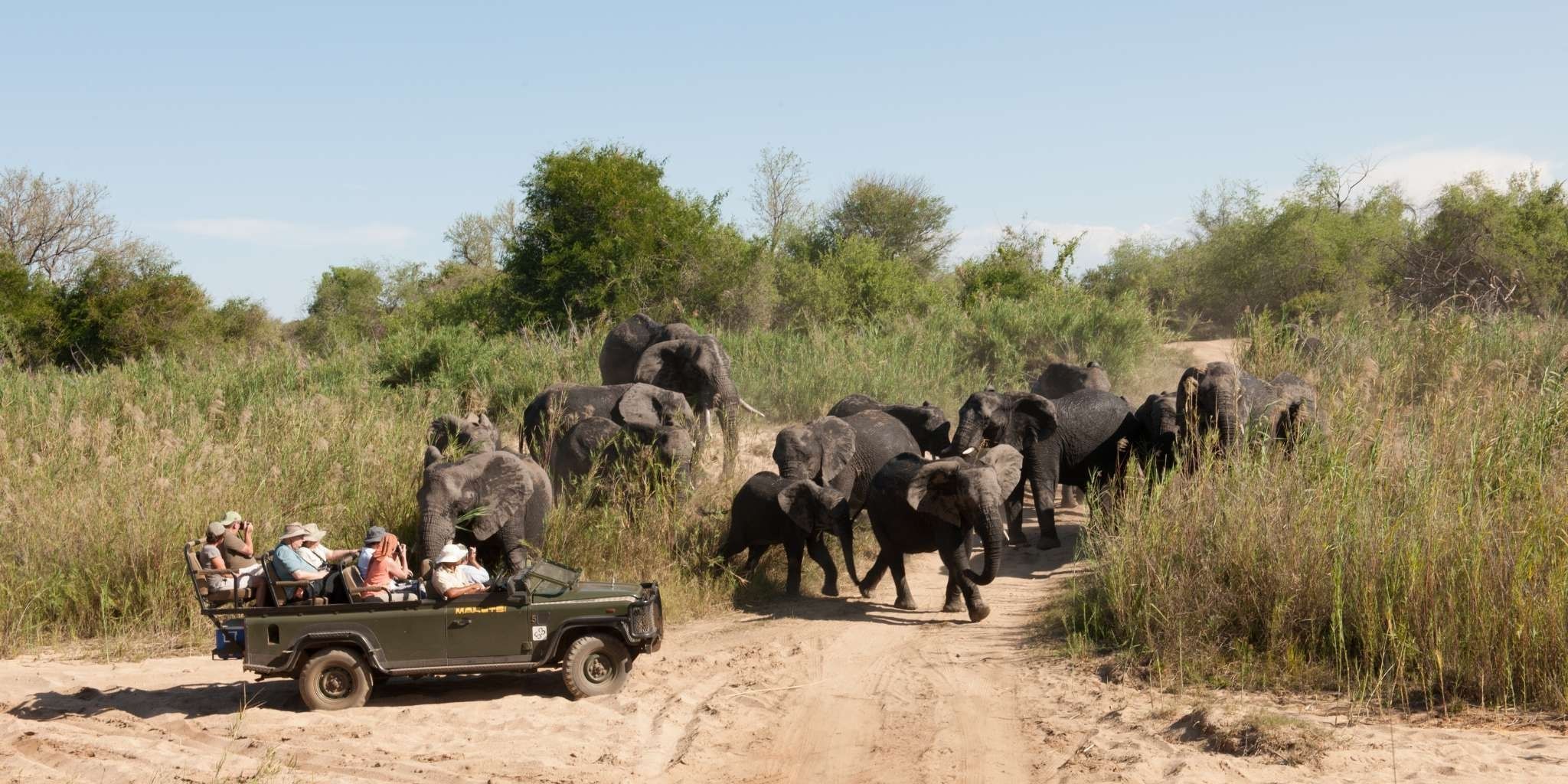
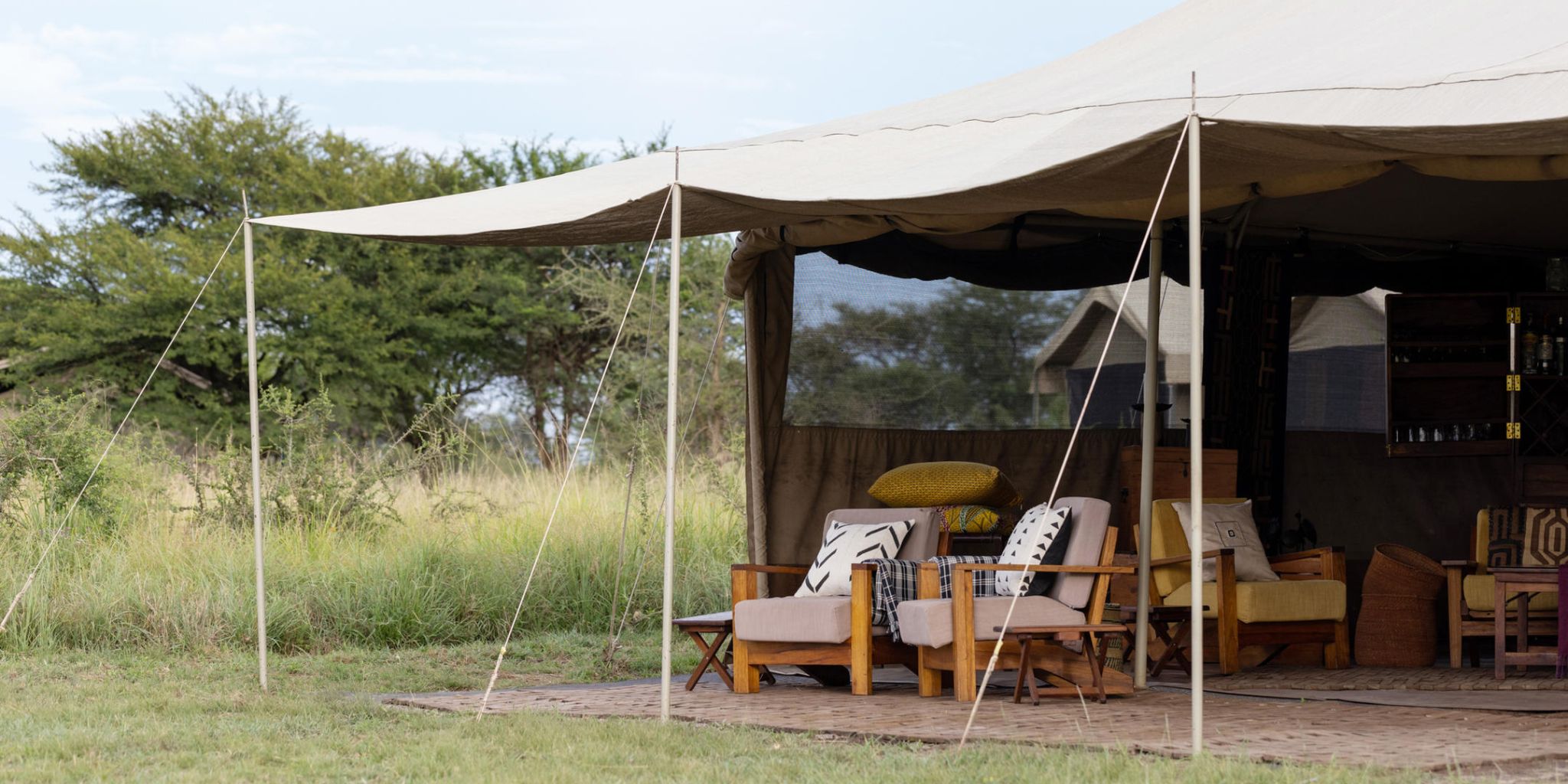
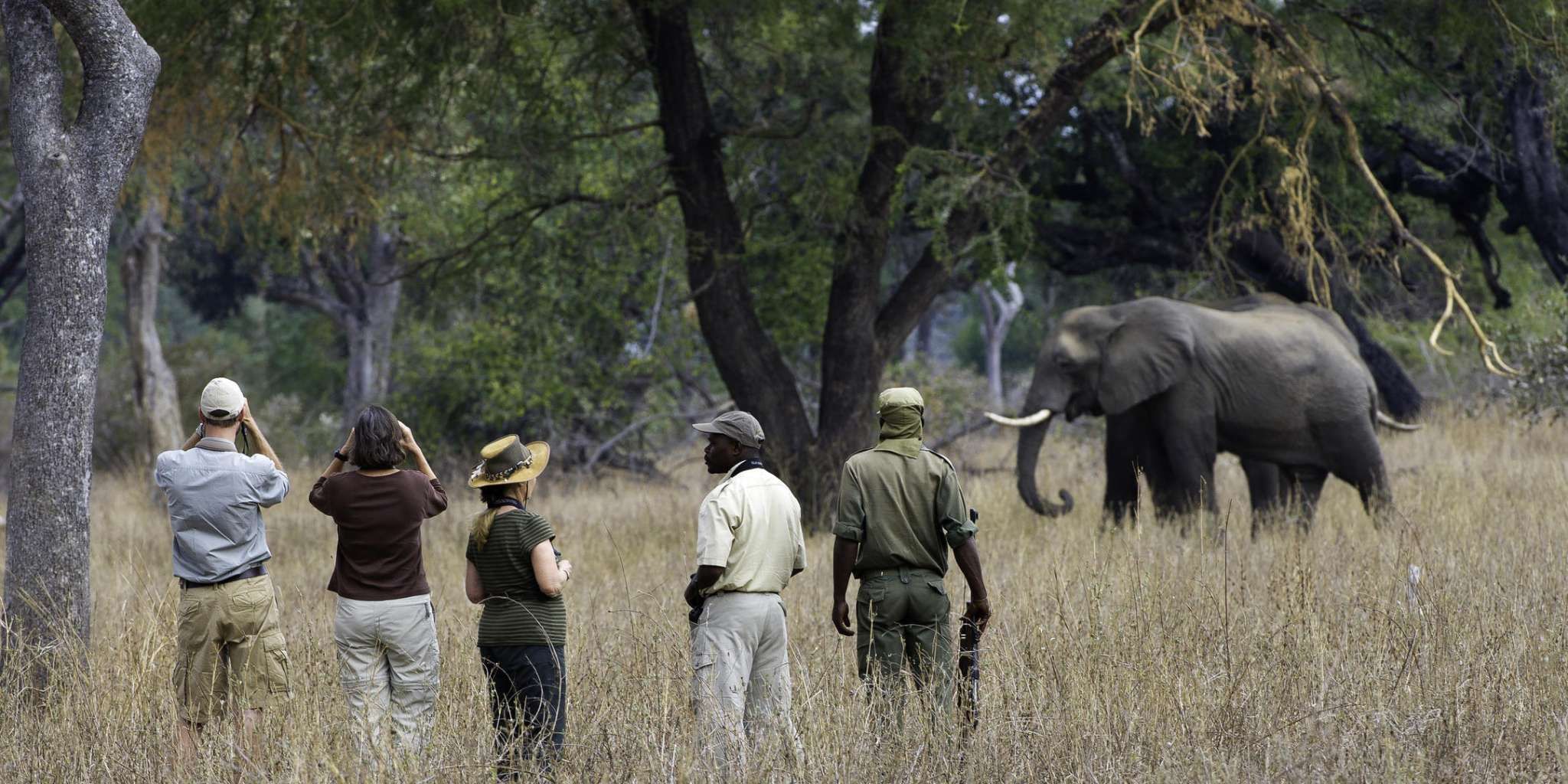
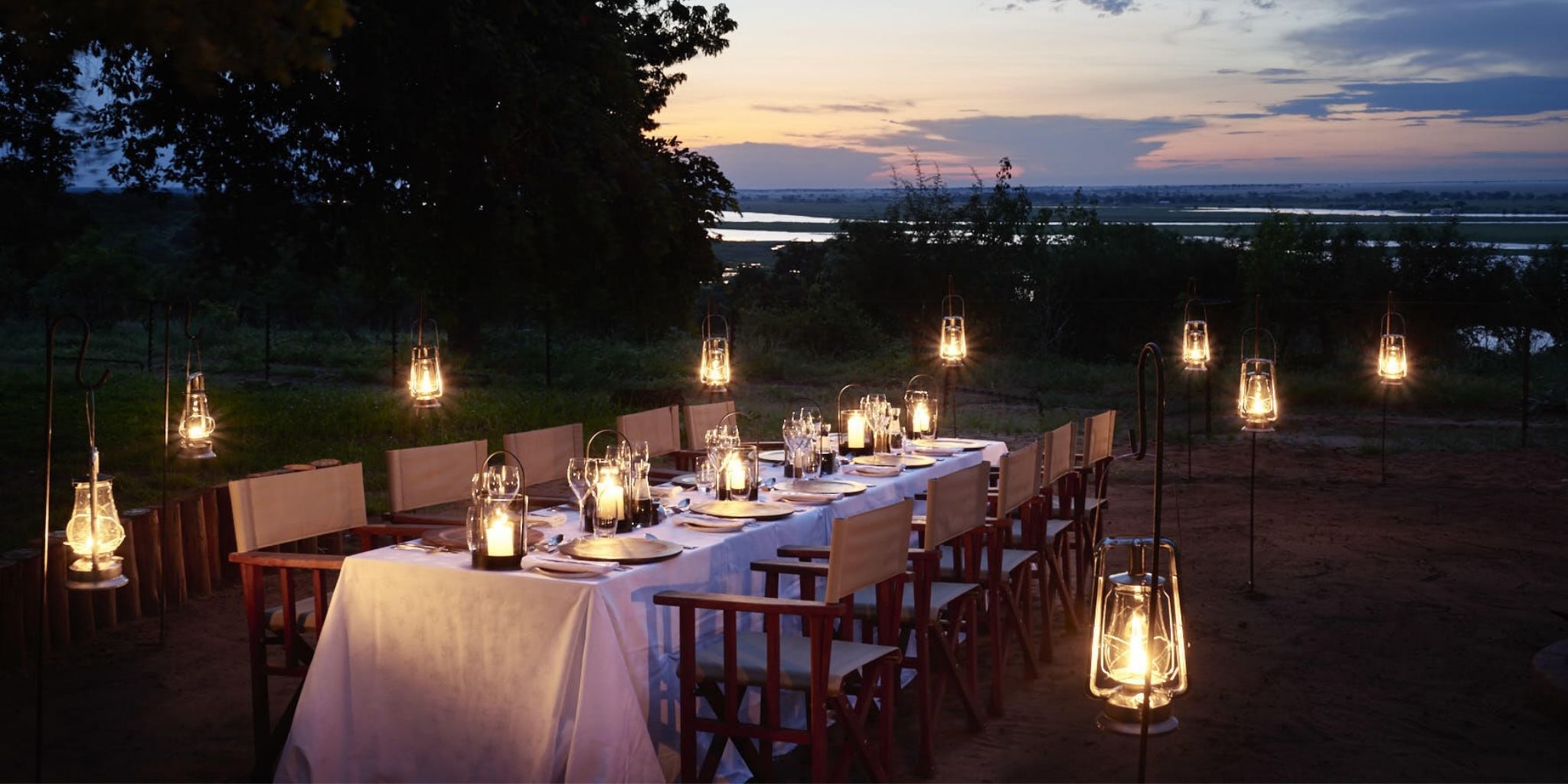
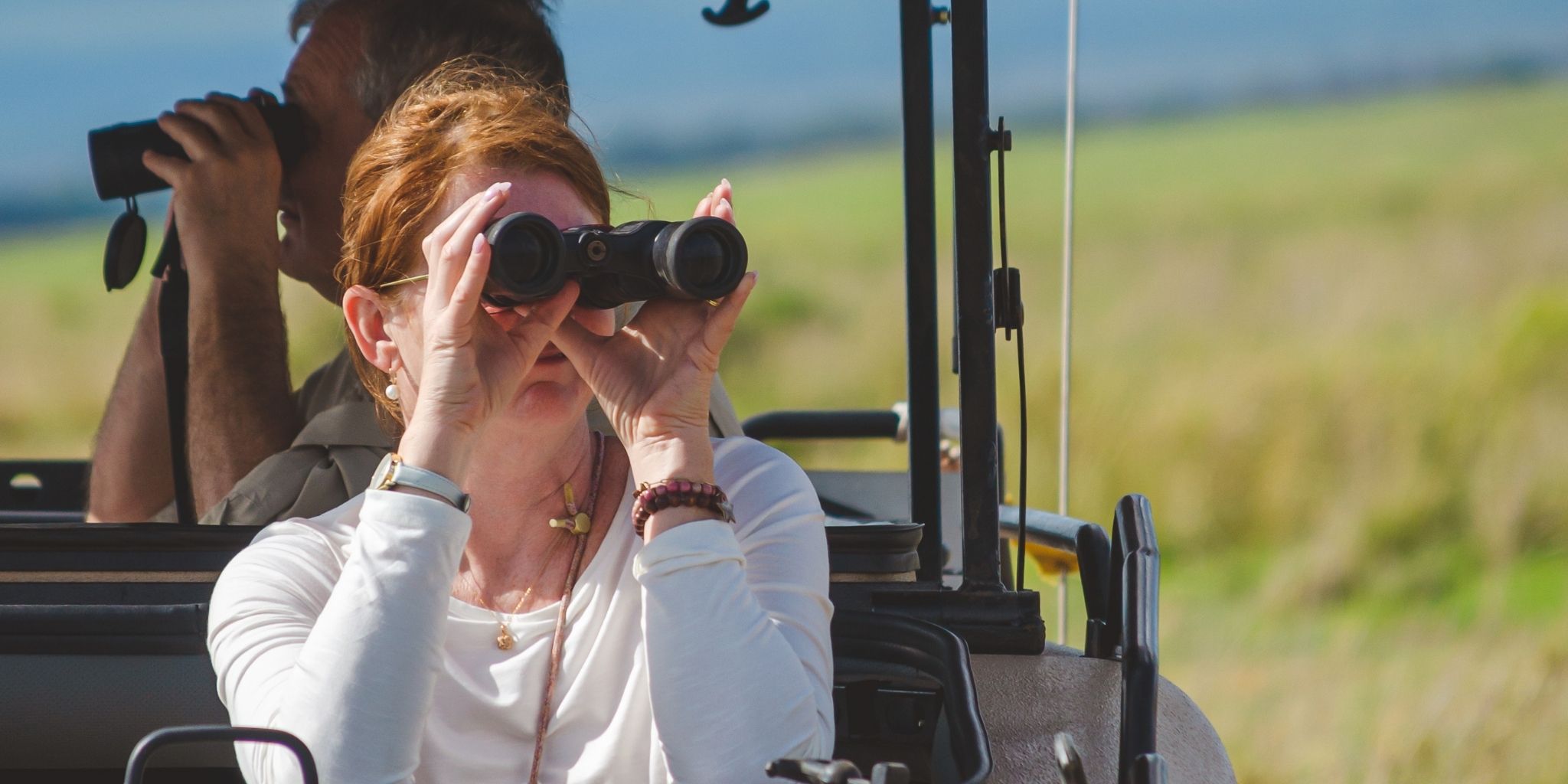
Do I need to be an experienced traveller to go on safari?
Not at all. Safaris are for everyone, from experienced travellers to families trying something new. Curiosity and a sense of adventure are all you need. We will take care of the rest!
How do I choose where to go? Choosing a safari destination depends on what kind of wildlife, landscapes, and experiences you are looking for. Broadly, Africa’s safaris are split between Southern Africa and East Africa, and each offer something different.
Southern Africa including South Africa, Botswana, Namibia, Zimbabwe, and Zambia is ideal for variety and convenience. Roads and airports are generally well developed and lodges and camps cover a wide range of budgets and family-friendly options. Beyond wildlife, there is plenty to do. South Africa has beaches, wine regions, cultural tours, and city experiences, while Botswana, Namibia, and Zambia offer distinct landscapes and wildlife encounters. Ending your safari at Victoria Falls is a popular choice, where a sunset cruise or a helicopter flight over the falls can provide a dramatic finale.
East Africa including Kenya, Tanzania, Rwanda, and Uganda delivers the classic safari experience. What makes it special are the vast open landscapes, the density and diversity of wildlife, and the welcoming people who bring the land and animals to life. Game drives across the Serengeti and Maasai Mara put you in the middle of sweeping savannahs with large herds and active predators; while trekking to see mountain gorillas in Rwanda or Uganda puts you face to face with one of the world’s most extraordinary wildlife encounters. Lodges and camps are well equipped, including family-friendly options, and guides bring decades of experience, turning each drive or trek into an opportunity to learn about animal behaviour, conservation, and local culture. Travel may involve longer drives or small connecting flights, but the payoff is unmatched wildlife encounters and iconic scenery.
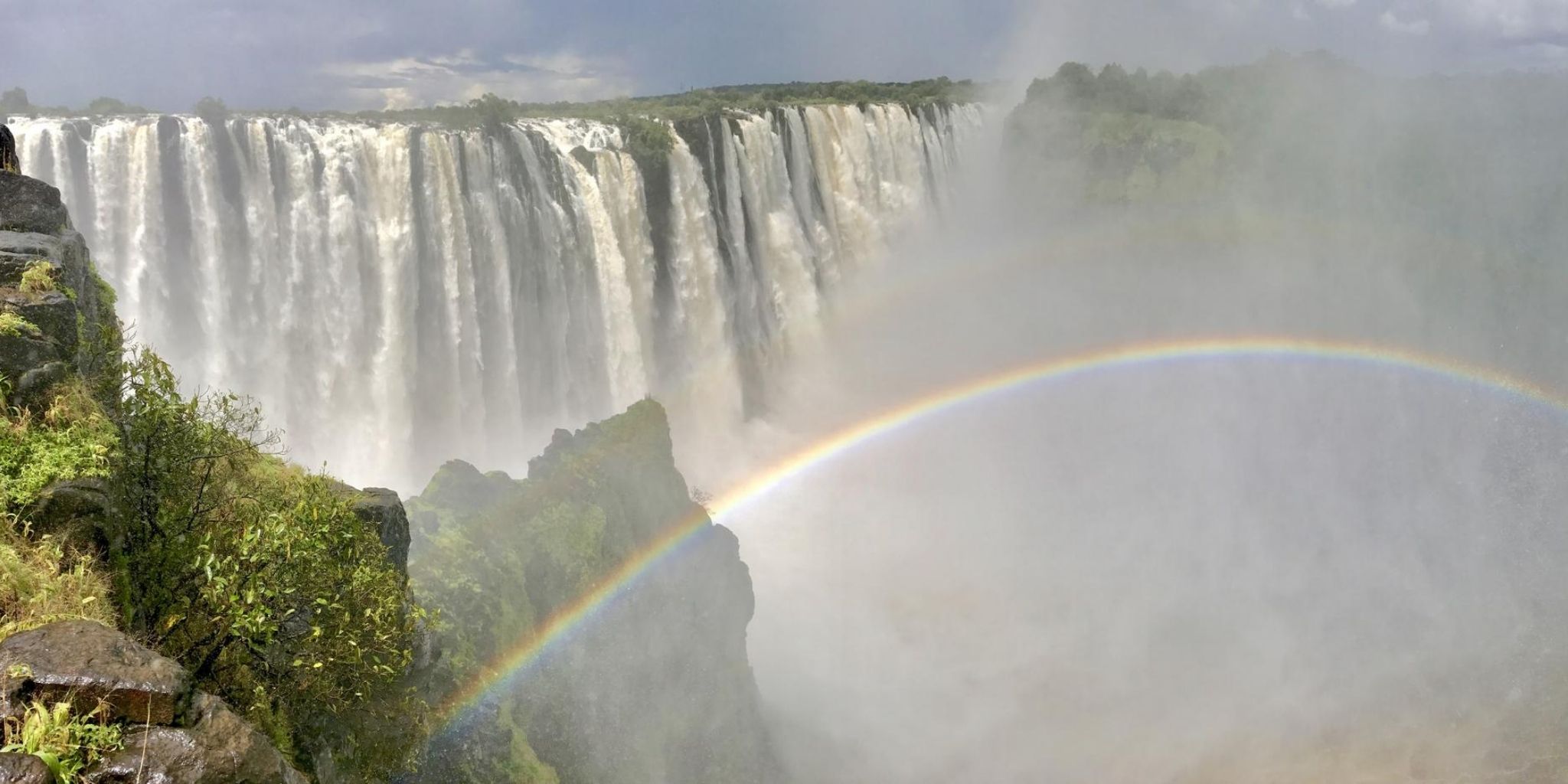
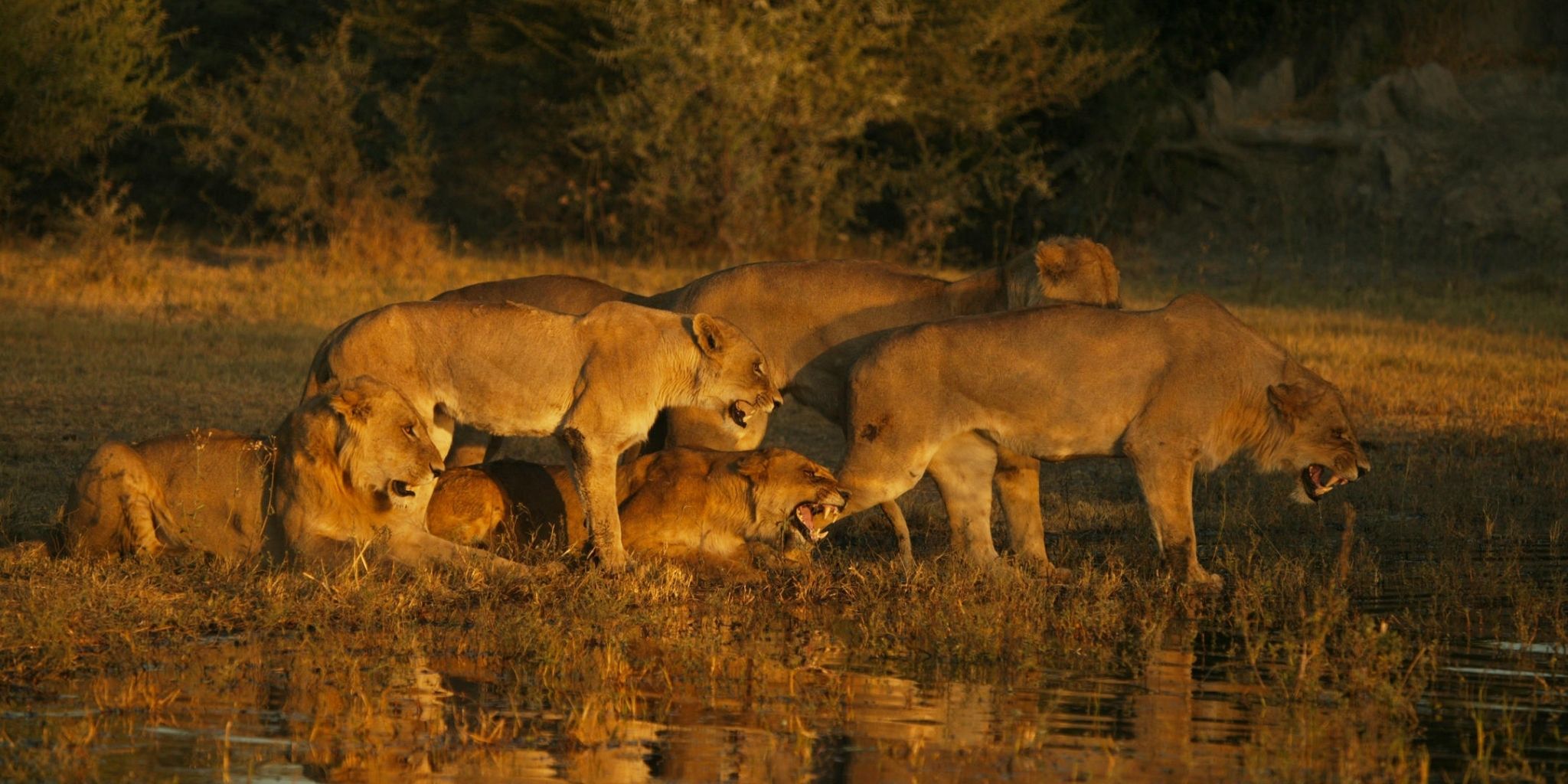
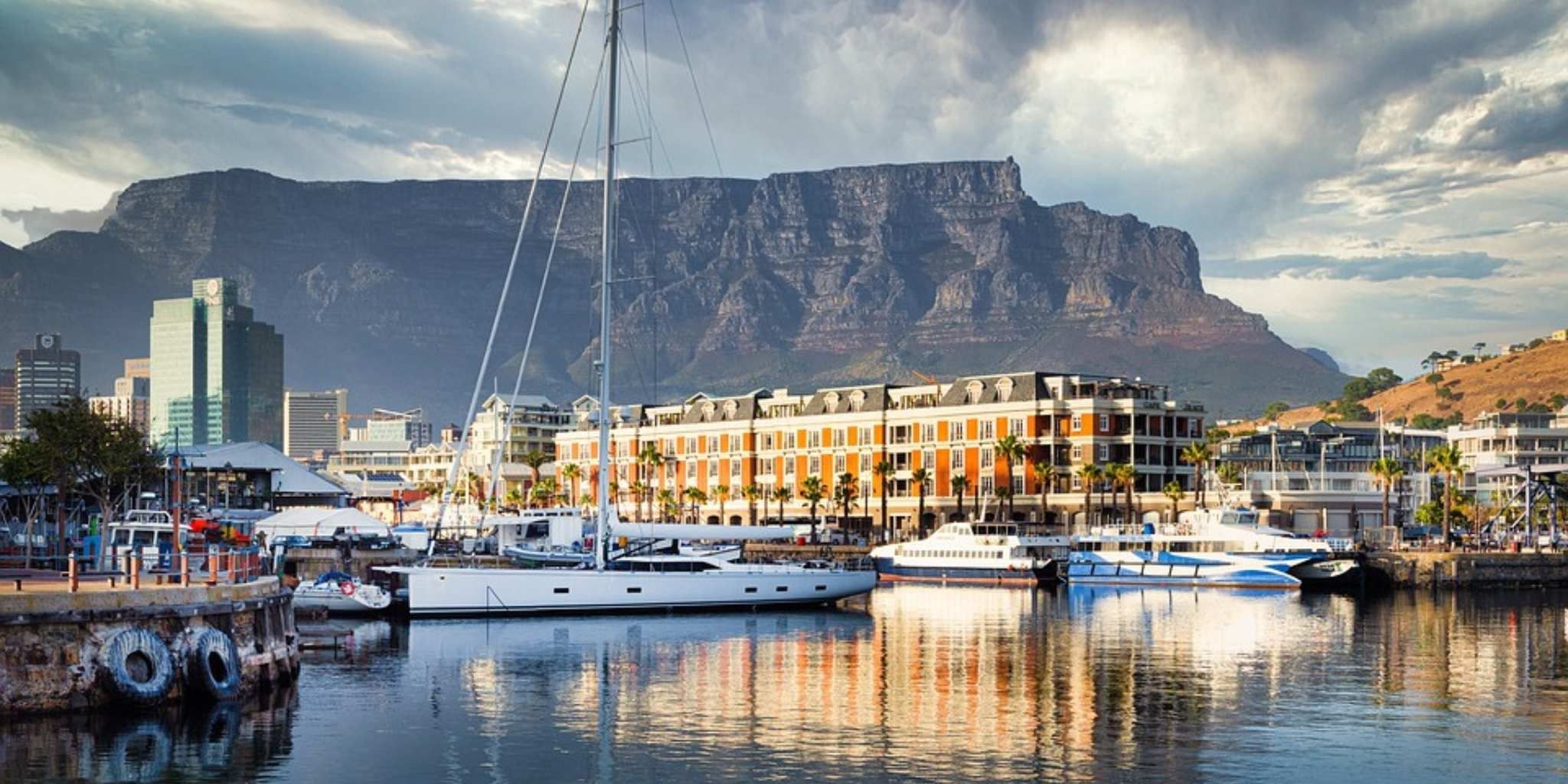
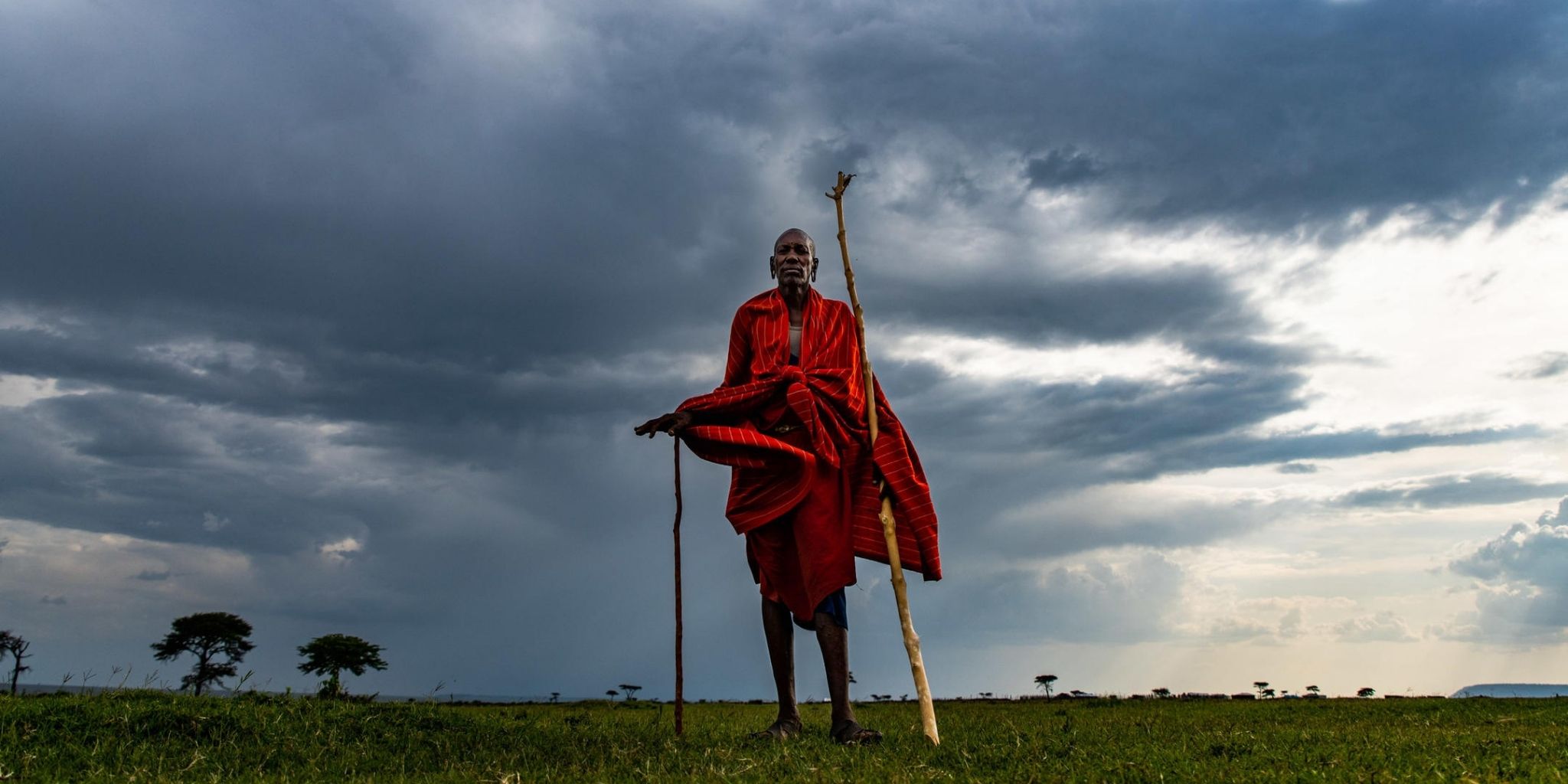
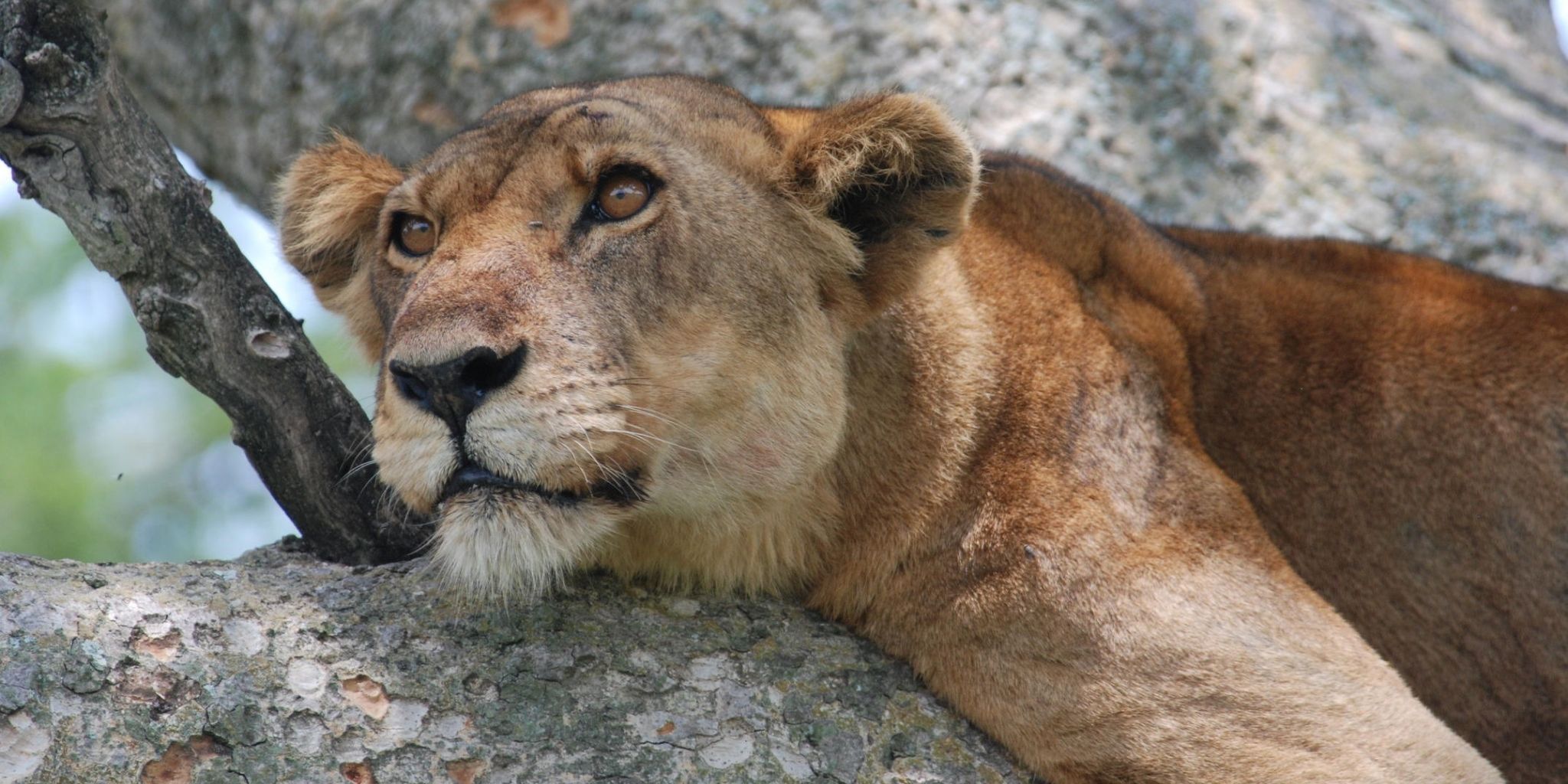
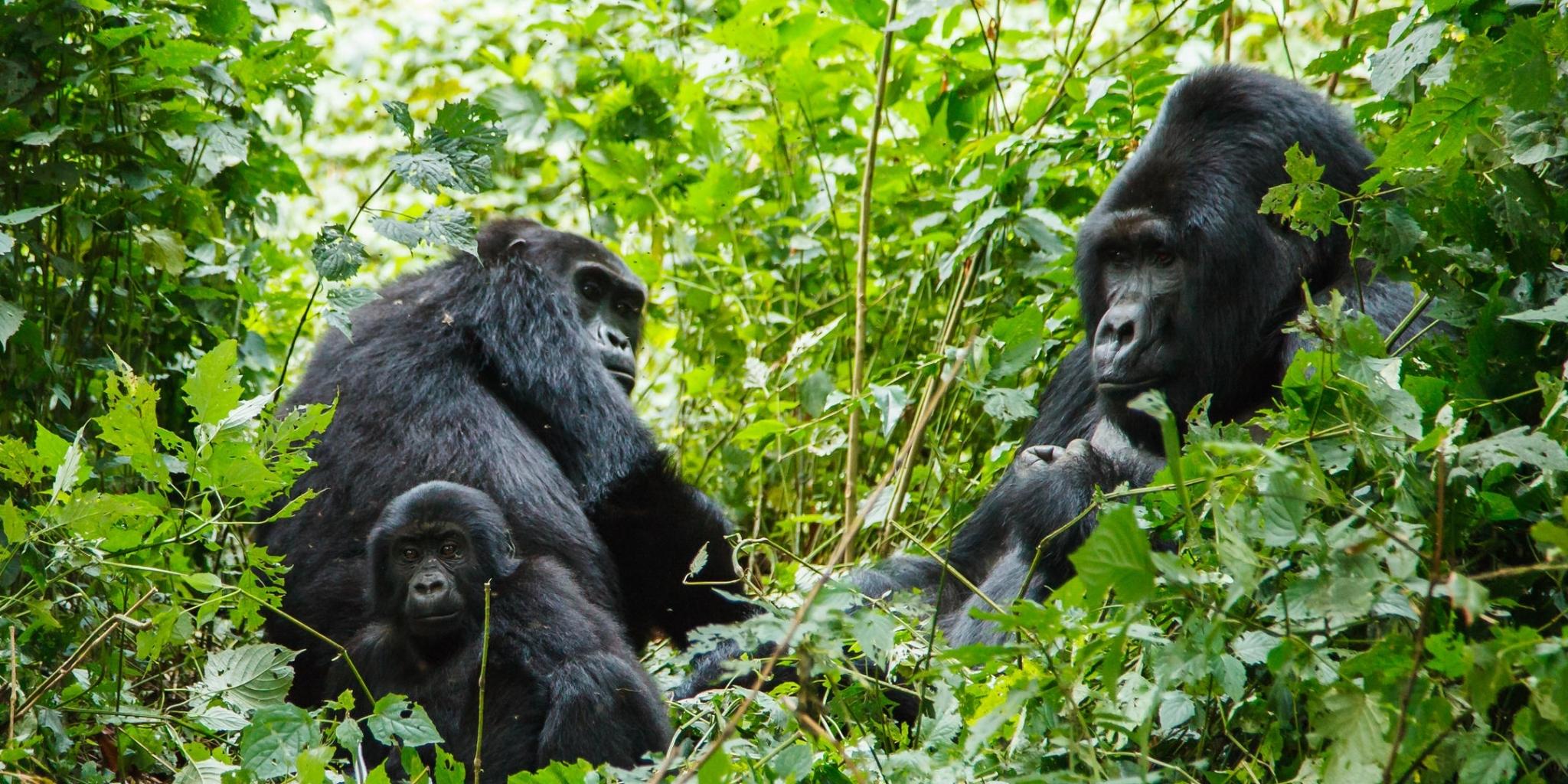
What are the different safari experiences?
1. Game Drives
The classic safari experience, game drives involve traversing the savannah in open 4×4 vehicles to observe wildlife in their natural habitat. This is the most searched safari activity, offering opportunities to see the Big Five and other iconic species.
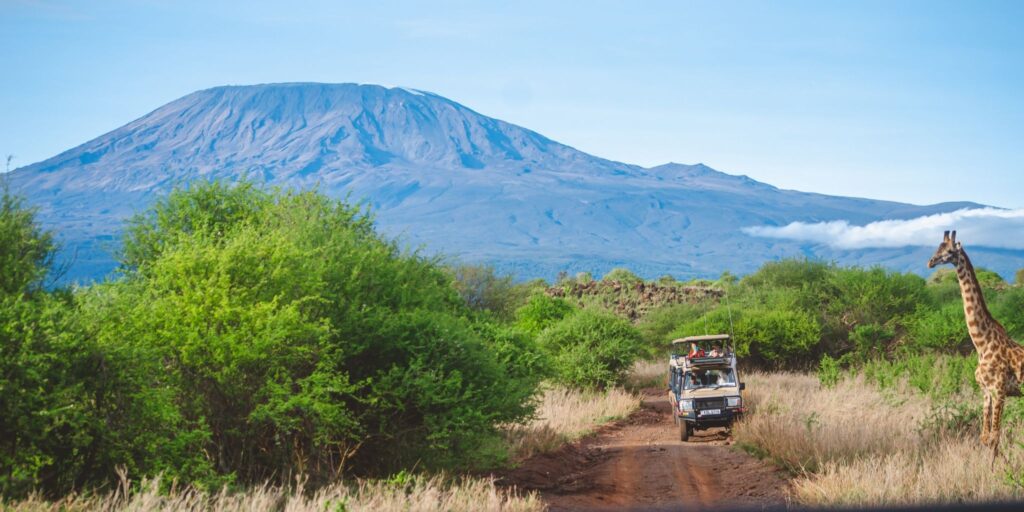
2. Walking Safaris
Led by experienced guides, walking safaris allow you to explore the bush on foot, providing a deeper understanding of the ecosystem and its inhabitants. This immersive experience is gaining popularity among adventure seekers.
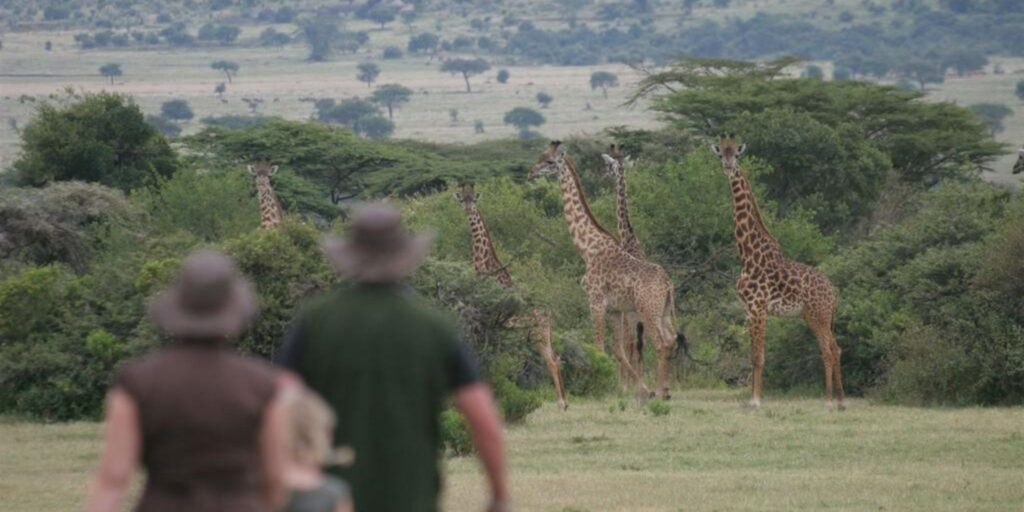
3. Night Drives
Night drives offer a chance to see nocturnal wildlife that is not active during the day. Guides use spotlights to safely illuminate animals, providing a different perspective of the wilderness.
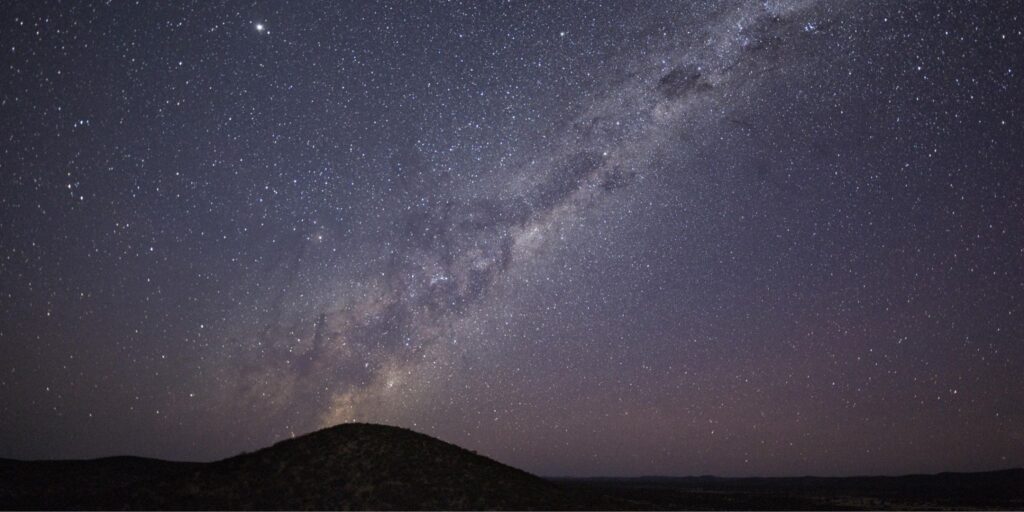
4. Boat and Mokoro Safaris
This experiences offers different viewpoint, particularly in wetland areas like the Okavango Delta or Chobe River. Floating quietly through waterways, you see aquatic wildlife, birds, and elephants coming to drink, all without the disturbance of vehicles. These safaris feel more serene and intimate, highlighting the delicate balance of water and land ecosystems.
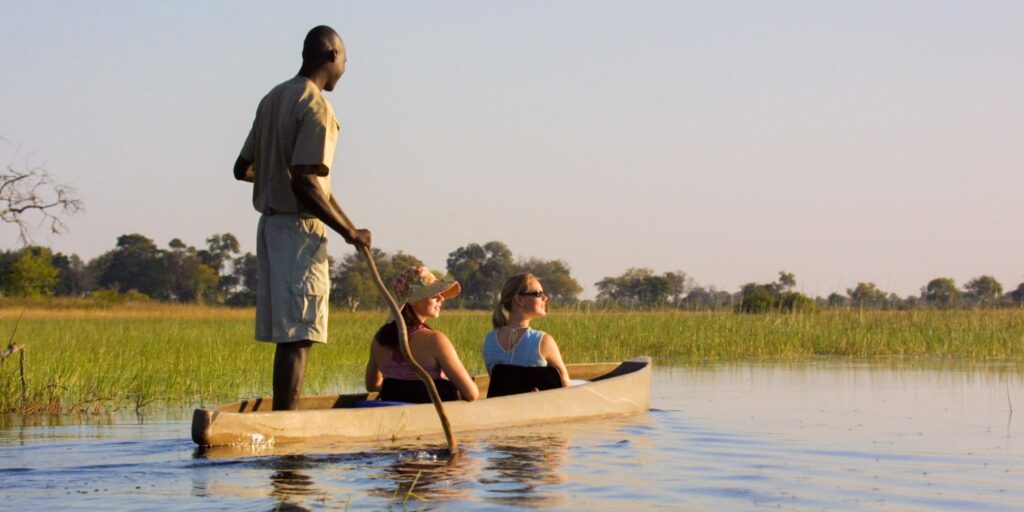
5. Photographic Safaris
Tailored for photography enthusiasts, these safaris provide extended time at prime wildlife viewing spots, expert guidance on capturing the perfect shot, and sometimes even workshops with professional photographers.
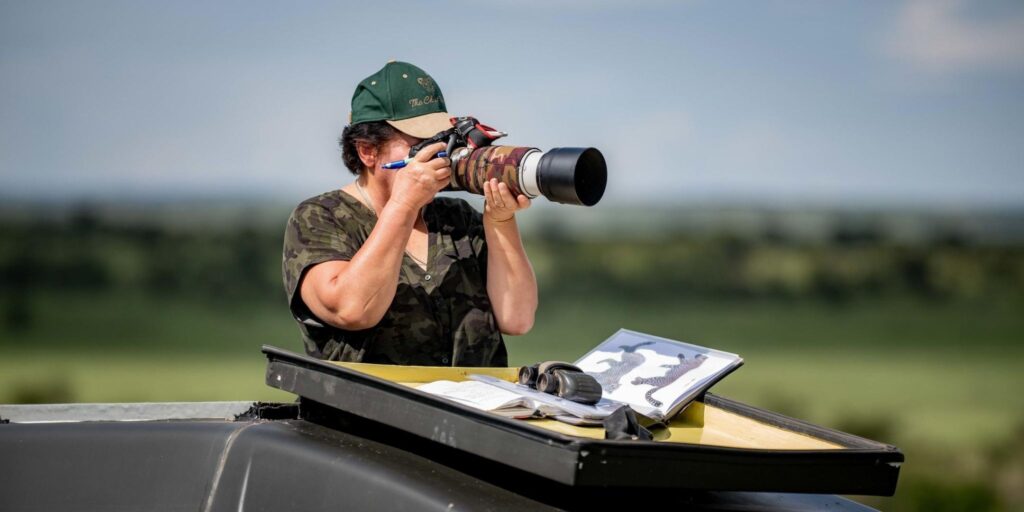
What should I wear?
Safari attire is simple and functional. Neutral colours like khaki, olive, and beige help you blend into the environment without disturbing wildlife. Lightweight, breathable fabrics work best in
warm weather, and a warm layer is handy for early morning drives when temperatures drop. Comfortable shoes are essential, and a wide-brimmed hat and sunglasses protect you from the sun while you scan the horizon for wildlife.
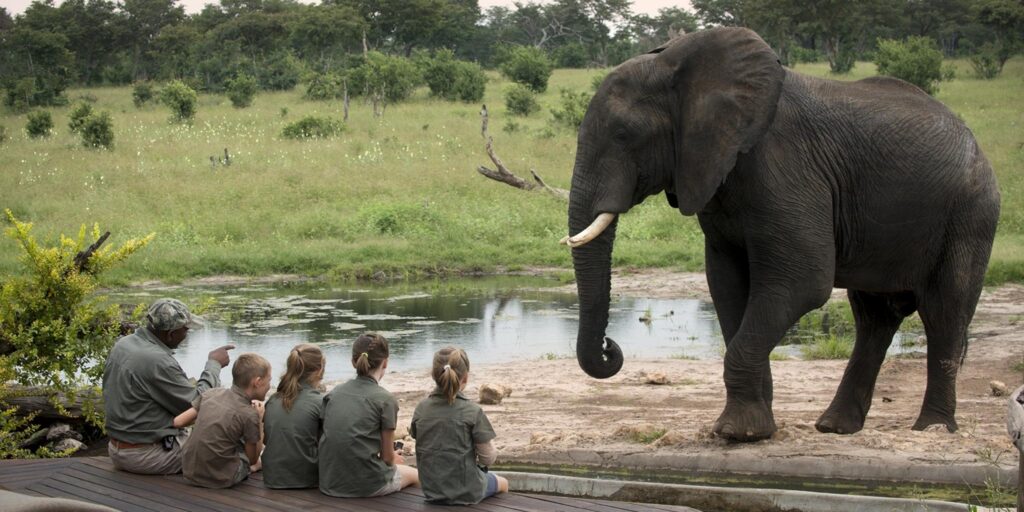
What camera gear do I need?
You do not need the latest professional camera to capture memorable moments. A DSLR or mirrorless camera with a zoom lens is ideal for wildlife shots, but a smartphone with a decent camera can still record incredible encounters. The key is to focus on composition, light, and patience. And remember, sometimes it is more rewarding to pause and simply watch than to spend the whole time behind a lens.
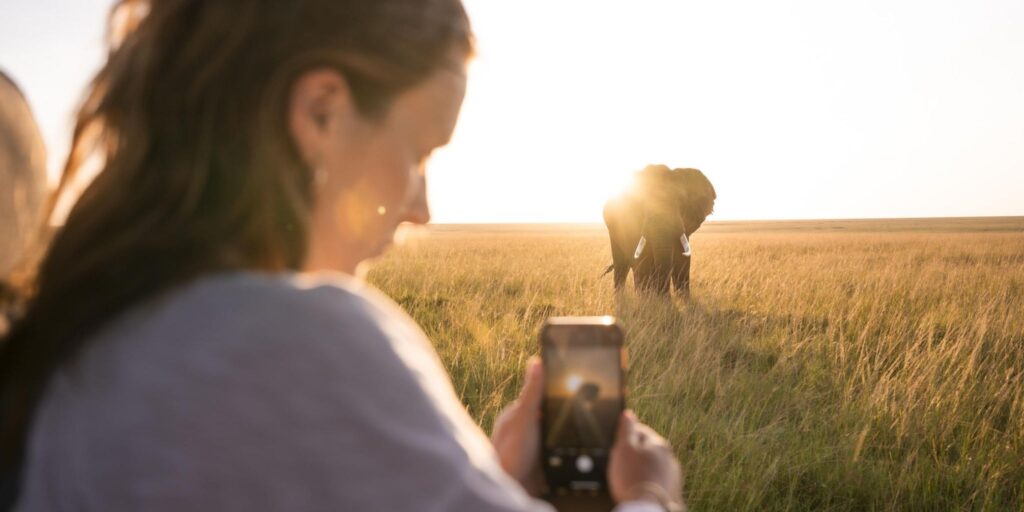
How do I behave around wildlife?
Respect is everything. Keep a safe distance, follow your guide’s instructions, and never attempt to feed or touch animals. Silence is golden. Sounds travel far in the bush, and sudden noises can startle wildlife. Observing quietly will reveal moments you might never forget.
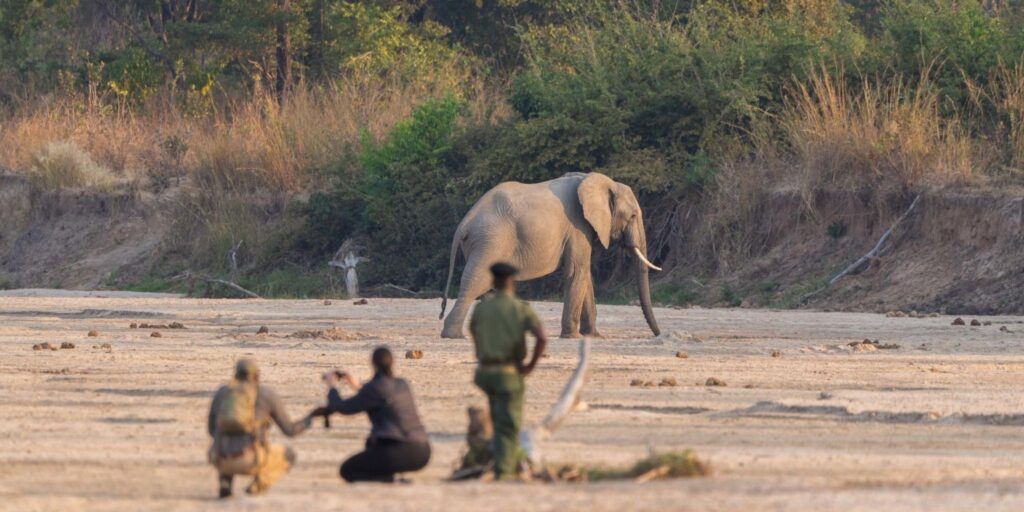
When is the best time to go?
Timing depends on the destination and what you want to experience. The dry season concentrates wildlife around water sources, so sightings are often more straightforward, while the wet season transforms the bush into a green wilderness filled with newborn animals and migratory herds. Travel outside peak months can also mean fewer vehicles at sightings and a more personal sense of space in the wilderness. It’s also often significantly cheaper, which is a bonus! Each season has its own charm, so choosing the right time to travel to Africa comes down to the kind of story you want your safari to tell.
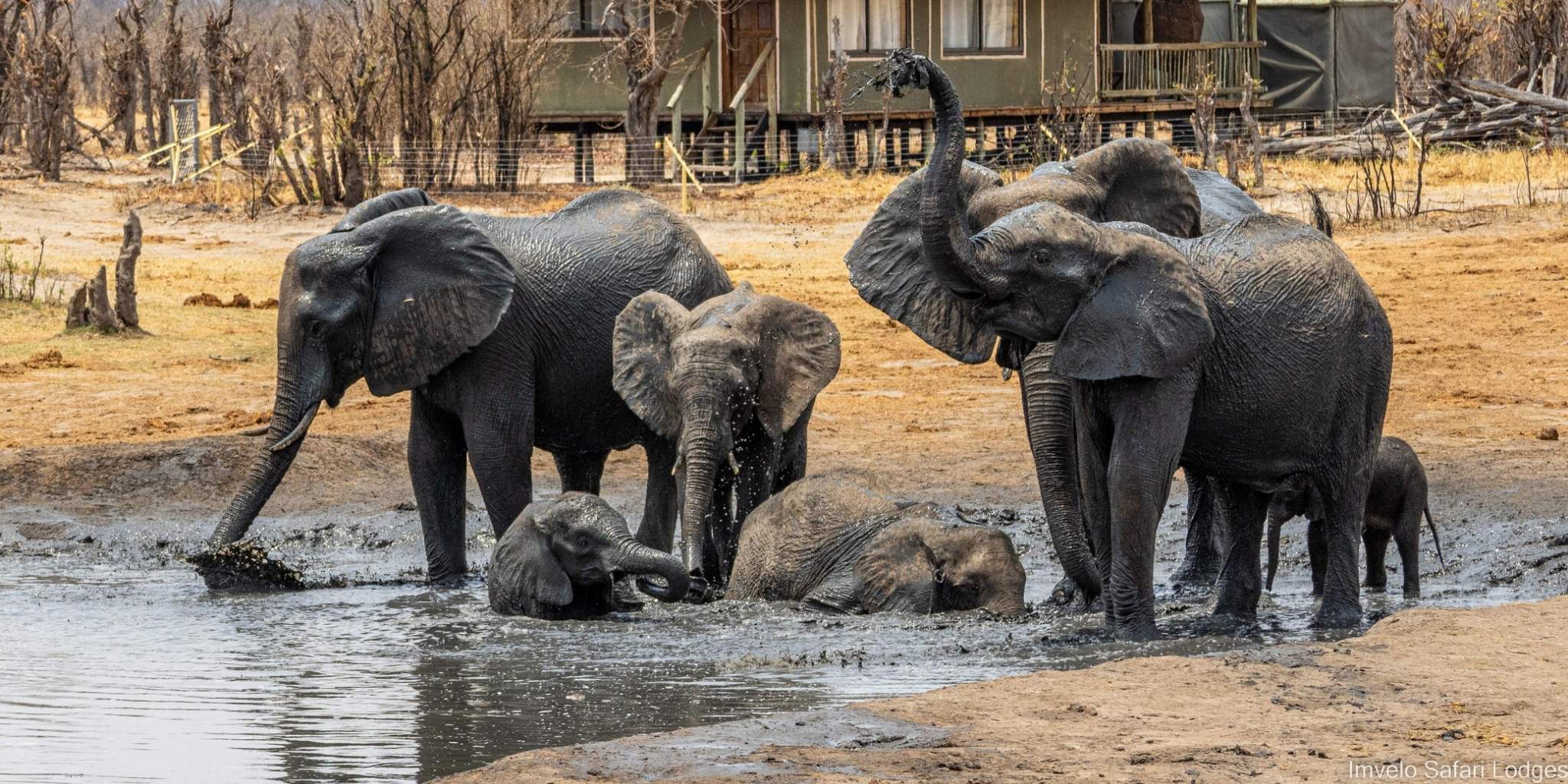
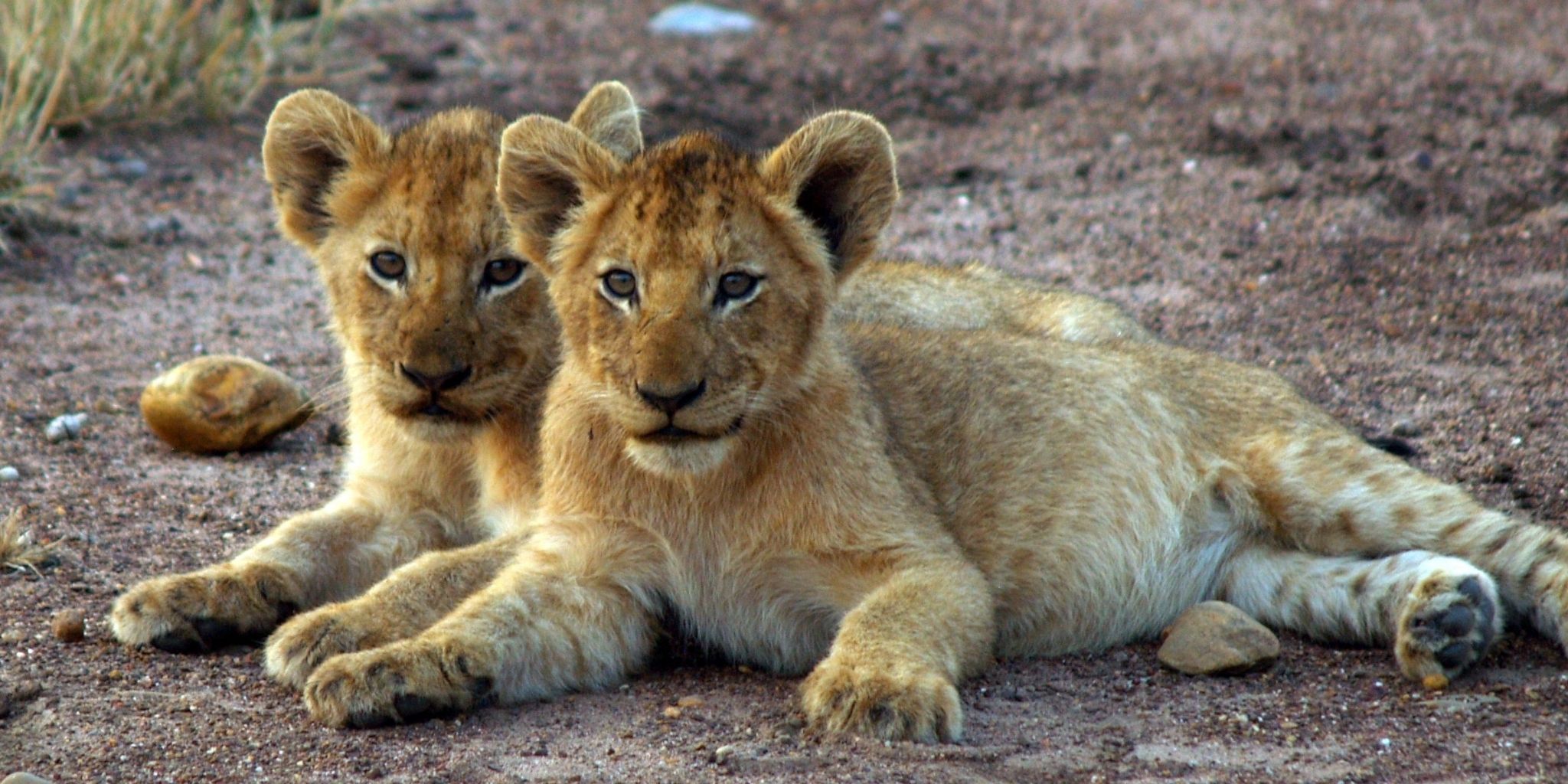
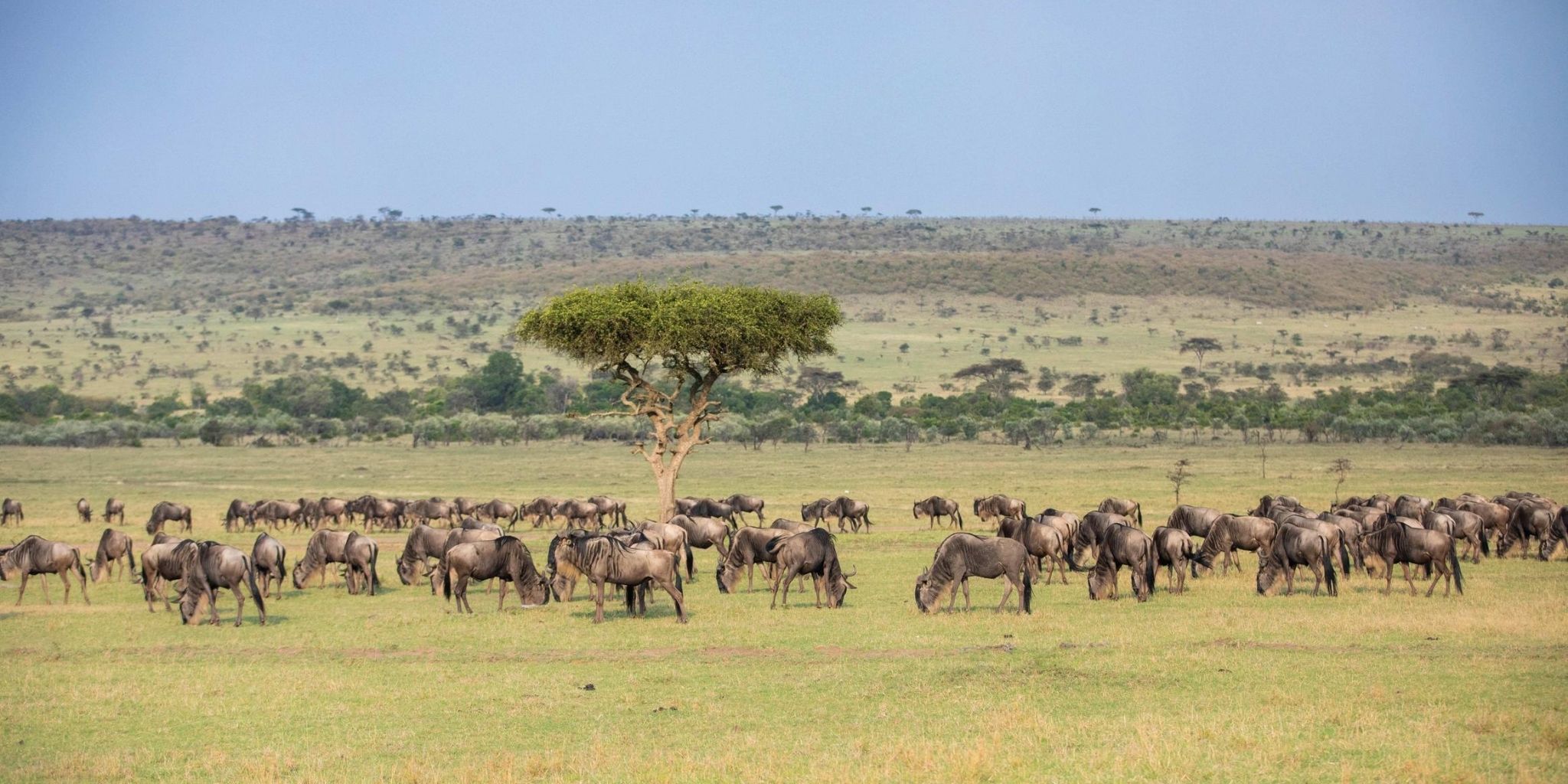
What will I actually do on a safari?
A day on safari is shaped by the chances of wildlife sightings, not by a clock. Mornings usually begin before sunrise, when the air is cool and wildlife is most active. After a quick coffee or tea, you’ll head out with your guide to watch predators finishing a hunt, elephants gathering at a waterhole, or antelope shaking the dew from the grass. Game drives can be quiet and reflective, or full of sudden excitement when a leopard steps out of the shadows.
By late morning you’ll return to camp for a hearty breakfast and some time to rest. The middle of the day is often warm, so animals retreat into shade, and so do you. Some lodges plan light activities then, like visiting a hide, walking with a guide to learn about plants and tracks, or even taking a short boat excursion if water is nearby.
In the afternoon, when the heat eases, you head out again. This is the golden time for photography, with long shadows and soft light. You might follow a cheetah as it stirs and begins to hunt, or drift along a river watching hippos snort and crocodiles bask. The drive often pauses for a sundowner in the bush, where you watch the sky blaze with colour before the first stars appear.
Evenings back at camp bring their own magic. Dinner is sometimes shared around a fire, with the sounds of the night as your background. Hyenas whoop, owls call, and the distant roar of a lion might roll across the plains. It’s this balance of action, stillness, and atmosphere that makes a safari day unlike any other kind of travel.
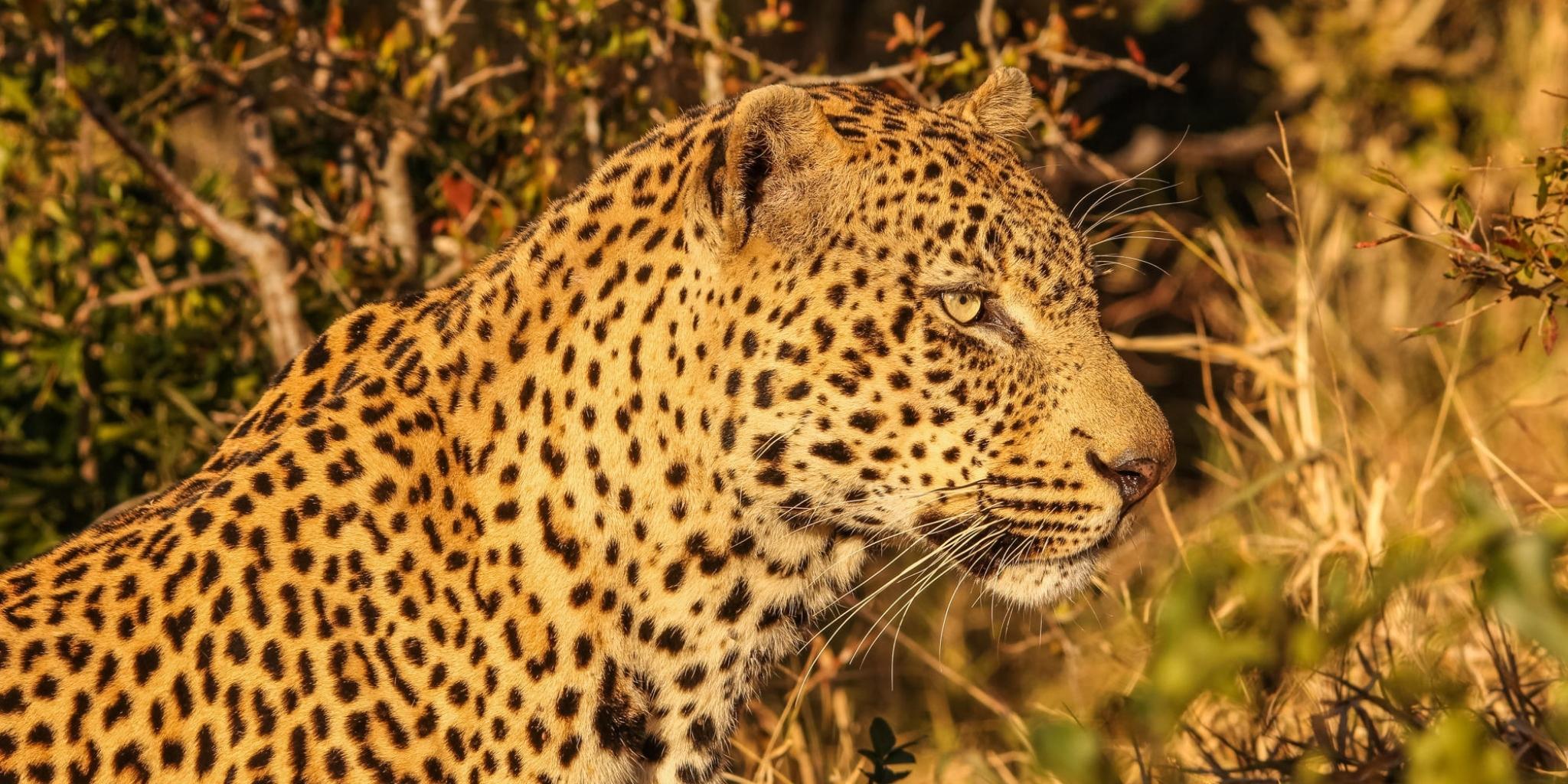
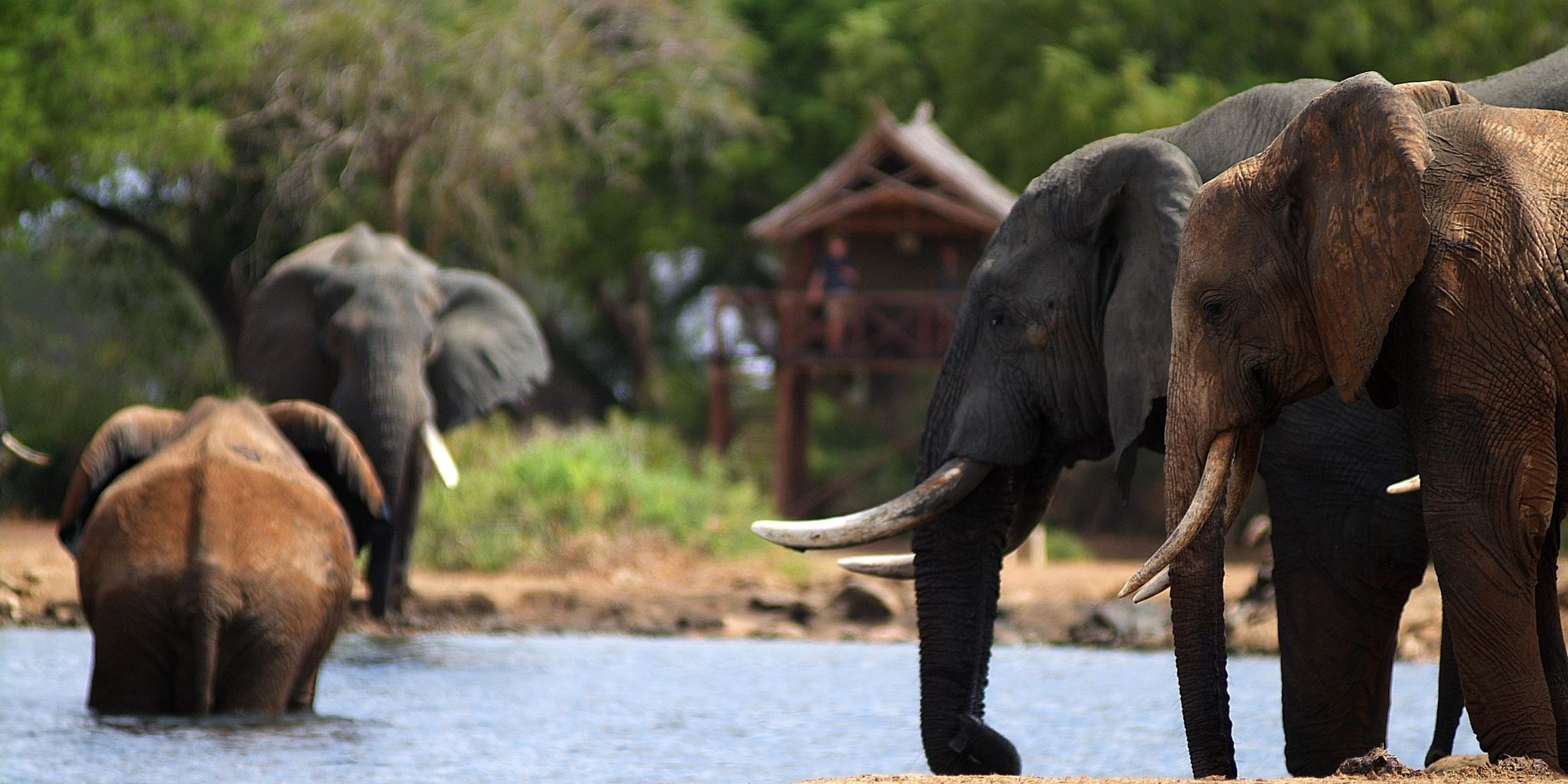
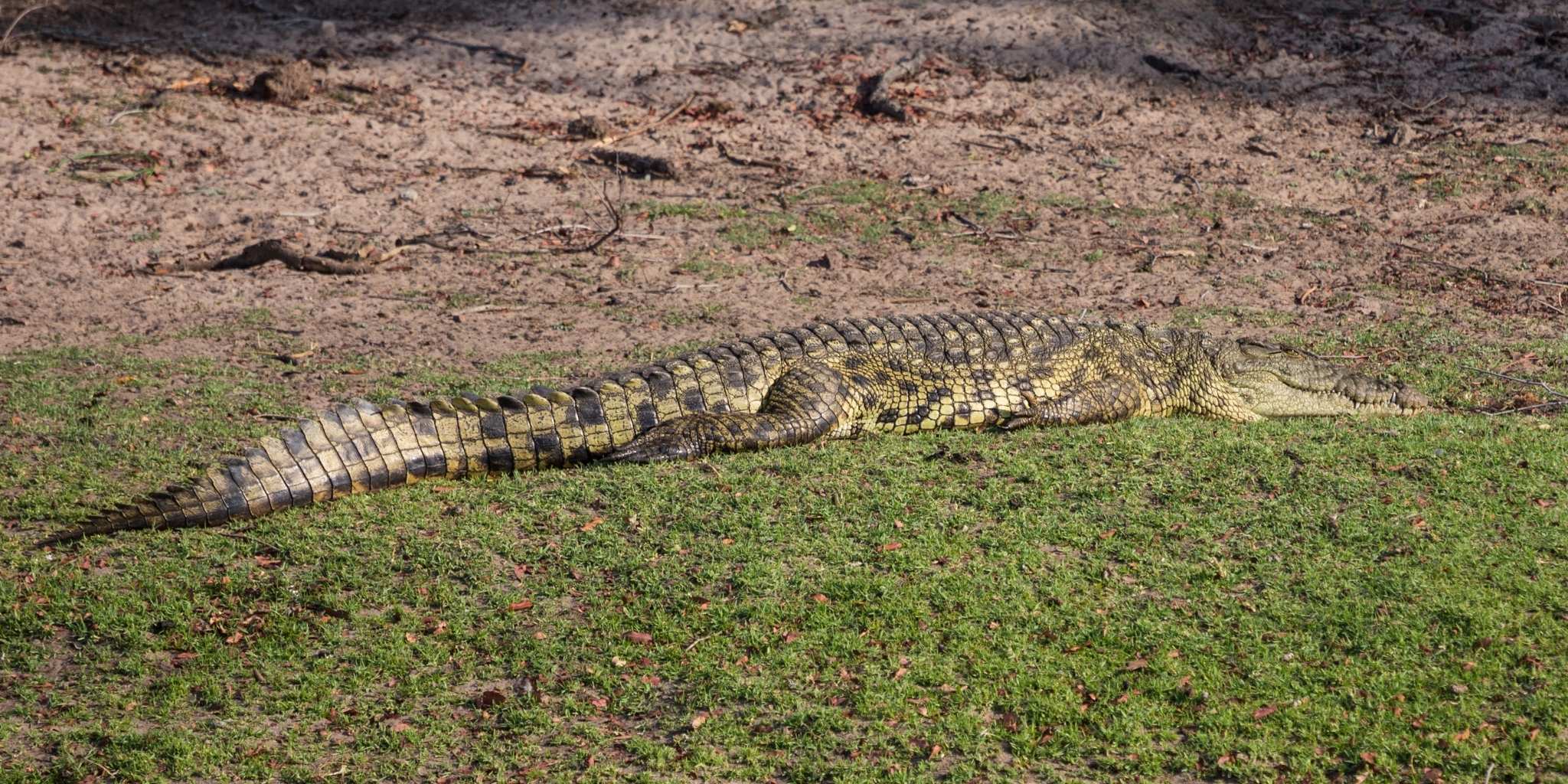
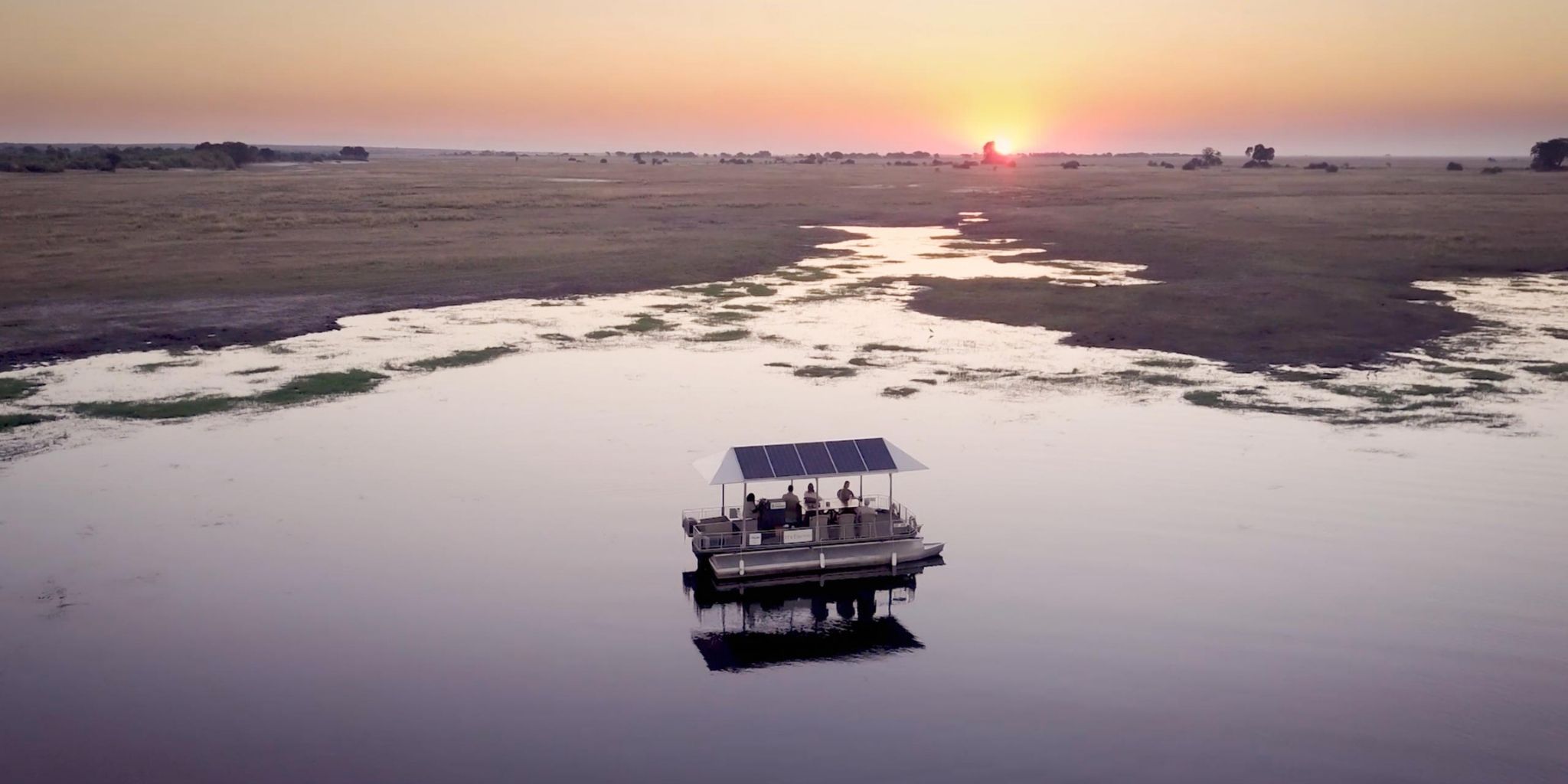
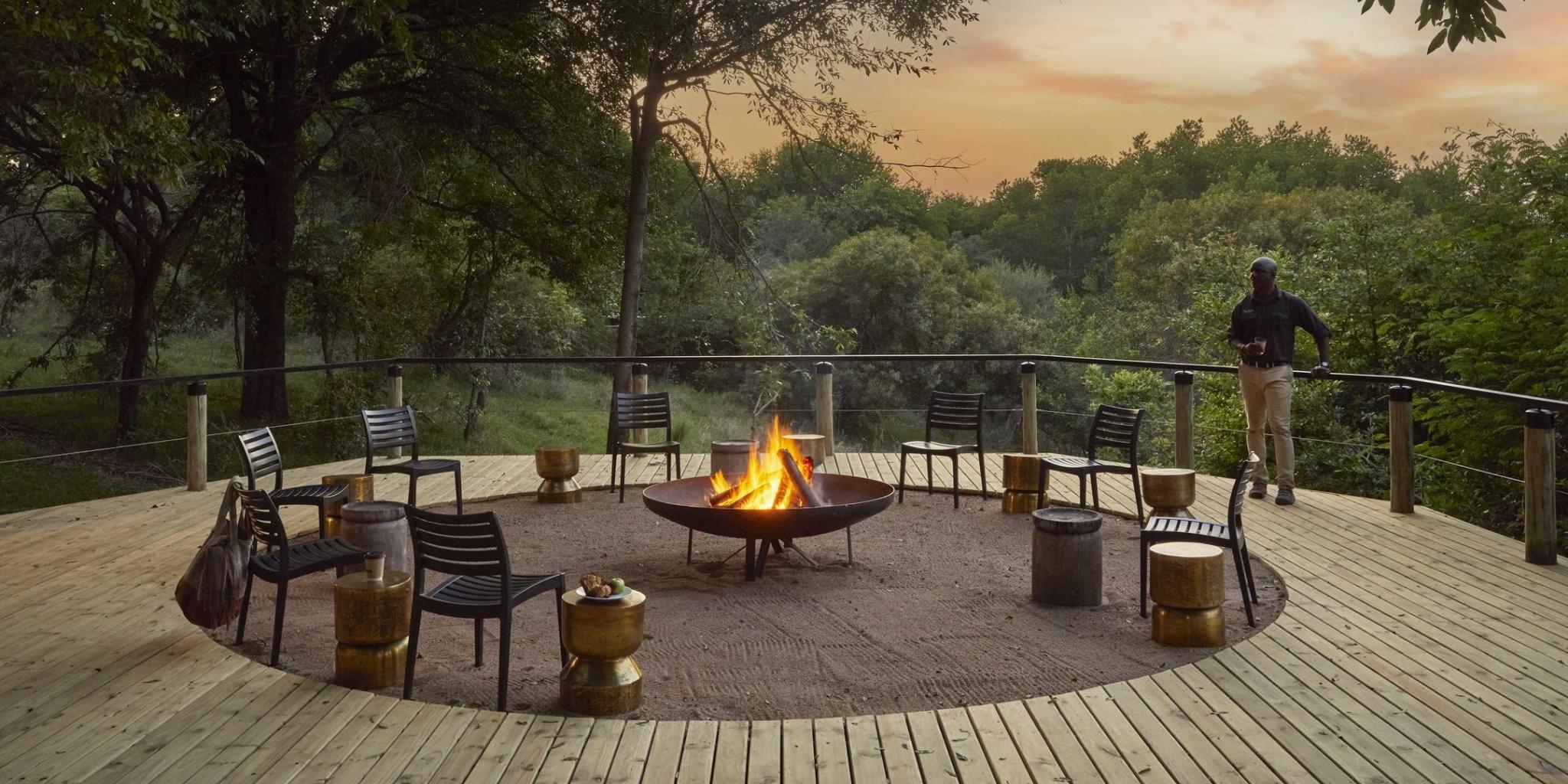
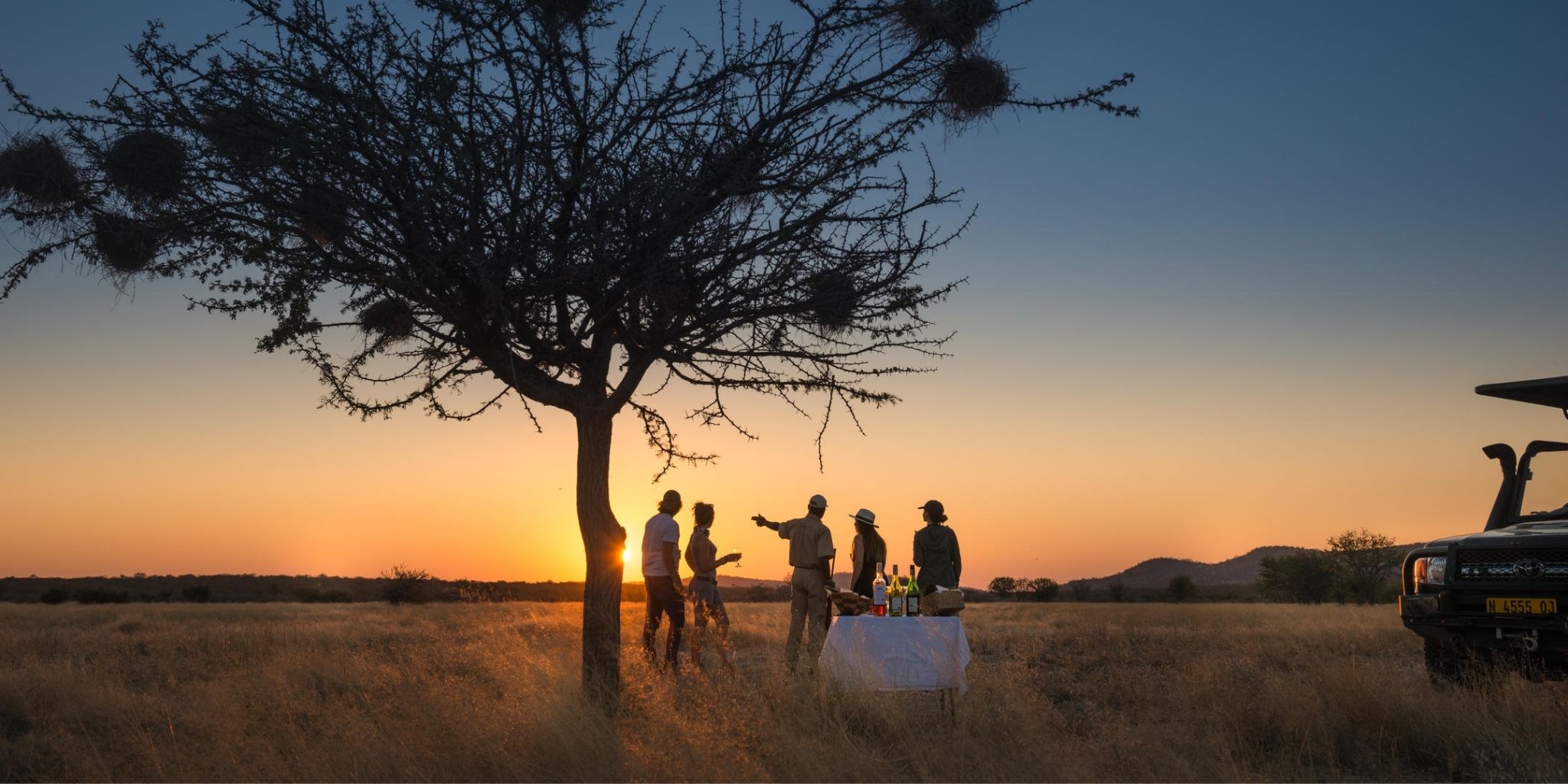
How can I make my first safari unforgettable?
The magic is in paying attention. Listen, watch, and let the bush set the pace. Ask questions, absorb your guide’s knowledge, and embrace the unexpected. Every rustle, every distant call, and every glimpse of wildlife adds to a deeper understanding of the natural world.
Keep your eyes open, your heart ready, and your sense of adventure alive. The wild is waiting with stories only Africa can tell.


